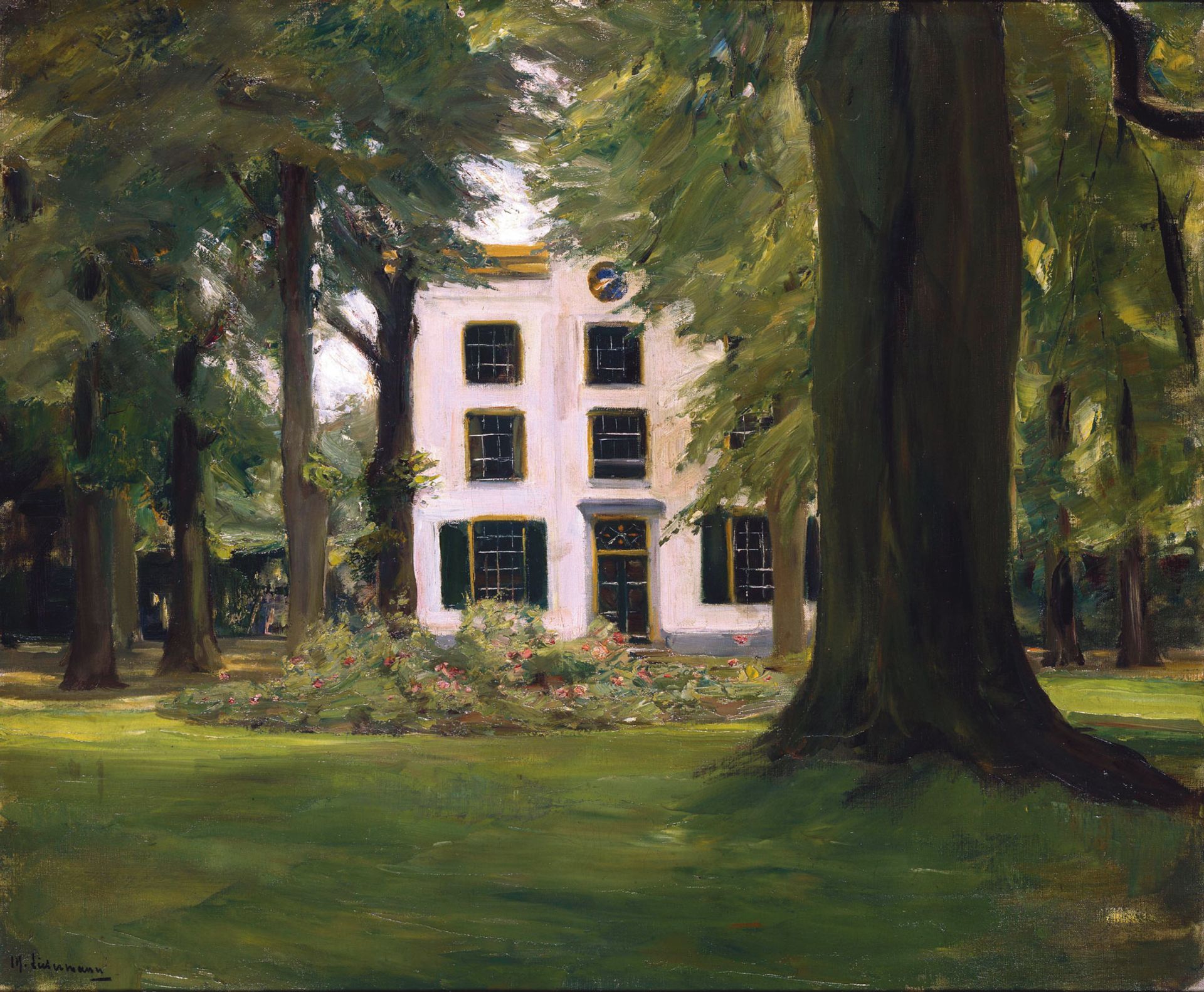At the beginning of the 1890s, Munich could boast of being the artistic capital of Central Europe. Home to a group of so-called “prince painters,” known for their grand history scenes and society portraits, the city seemed like a bulwark of academic standards against the decades-old trends brewing in France.
By 1892, young progressive artists in Munich had had enough and they split up to form their own organization and mount their own exhibitions. In 1897, Viennese artists followed suit and in 1899, at the turn of Berlin, the phenomenon adopted a Latin word – “secession” – in its name and began to lay the foundations for the rise of modernism throughout German-speaking Europe. .
The driving force behind all secessions was that art had to be new
Ralph Gleis, director, Alte Nationalgalerie
Covering the period from around 1890 to the brink of World War I, a new exhibition, which opens this month at Berlin’s Alte Nationalgalerie, examines the origins and manifestations of these developments by showcasing some 220 works in a wide range of media by 80 artists associated with one or more of the three secessionist groups.
Secessions: Klimt, Stuck, Liebermann reveals how modernism moved eastward from Paris in fits and starts. Gustav Klimt was the star of the Viennese iteration and he is the star attraction of the new Berlin show. Some of his best-known works make their way to the German capital, including his groundbreaking 1901 painting, Judithwhere the biblical heroine, recast in a kind of Circe immobilized by decorative embellishments, holds the head of Holofernes.

by Max Lieberman Country house in Hilversum (1901) © Staatliche Museen zu Berlin; Nationalgalerie / Jörg P. Anders
Klimt’s fusion of outspoken sexuality, contemporary fashion and quirky composition can still surprise and disturb. He shares the limelight here with Max Liebermann of Berlin, one of the first and permanent German defenders of Impressionism, and Franz von Stuck of Munich, who remained stuck in Symbolism.
The idea for the exhibition, which is the first of its kind to compare similar trends in the three cities, came from Ralph Gleis, director of the Alte Nationalgalerie. With 14 paintings by Klimt and dozens of prints and drawings – most on loan from the Wien Museum, where the exhibition will travel next year –Secessions tries to “place Klimt in a bigger context,” says Gleis, adding that “it was a challenge” to convince lenders in Europe and the United States to take part in such an eclectic spectacle.

by Maria Slavona Houses in Montmartre (1898); the German impressionist artist appeared around the same time as Gustav Klimt Photo: Jörg P. Anders; © Staatliche Museen zu Berlin, Nationalgalerie
Liebermann’s Dutch Landscape, Country house in Hilversum (1901), and Houses in Montmartre (1898), by another German impressionist, Maria Slavona, are roughly contemporary with Judith. But, compared to Klimt, both figures might seem like mid to late 19th century painters next to a 20th century pioneer. What they all had in common at the time, Gleis points out, was the novelty of their approach in Central Europe itself. “The driving force behind all secessions,” says Gleis, “was that art had to be new.”
Secessions, like wars, can spawn further secessions, and the show will end with a glimpse of what the future holds. In the last section, the expressionist Max Pechstein Poster for the 1st Exhibition of the New Secessionheld in Berlin in 1910, in defiance of the 1899 breakup, shows the influence of primitive art, and even darker impulses than Judith‘s. And a poster for a similar 1914 exhibition in Munich, by German sculptor Edwin Scharff, reveals the influence of Frenchman Aristide Maillol, whose classicism became the dominant presence in the anti-modernist “return to order” of between two wars Paris – and, with much harder edges, would not be out of place in the Third Reich.
• Secessions: Klimt, Stuck, Liebermann, Alte Nationalgalerie, Berlin, June 23-October 22; Wien Museum, Vienna, 22 May-13 October 2024
